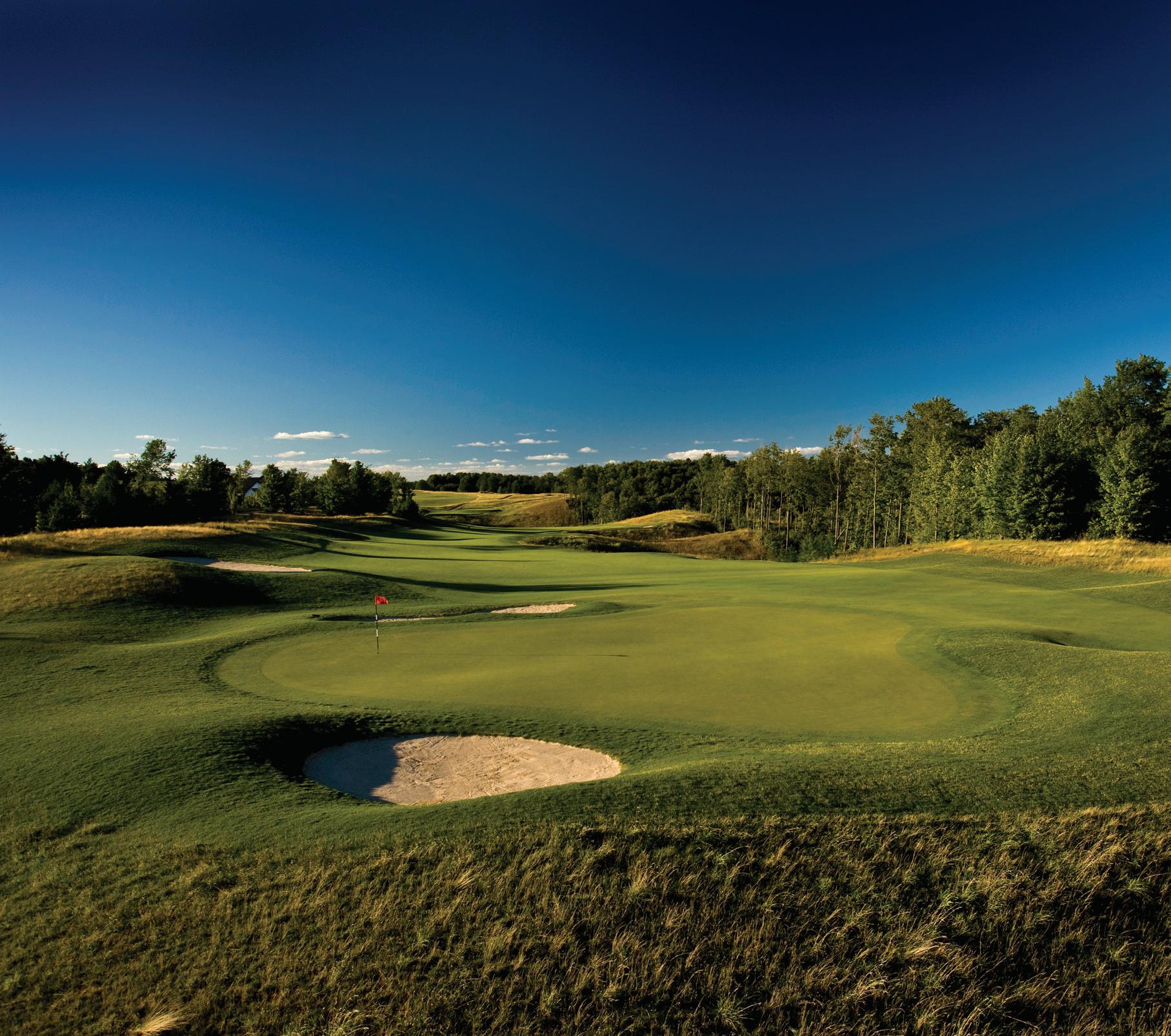Your Fully Interactive Digital Magazine Every Page Links!
AzaleaS Await
MAY 2021 ON THE ROAD AGAIN PART 2 • California Coast
MIDWEST MARVELS Top tracks all over the Heartland
MAGNIFICENT MAUI Kaanapali always delivers
CELEBRITY Q & A Meet David McLay Kidd
MARVELOUS MAGNOLIA STATE
Dancing Rabbit GC in Philadelphia, Miss. in full bloom
ENTER TO WIN
A DREAM MICHIGAN GOLF VACATION, Titleist Golf Equipment, Leupold Rangefinder & MORE! SEE PAGE 51
BUY 2021’s HOT PRODUCTS! SEE PAGE 34









